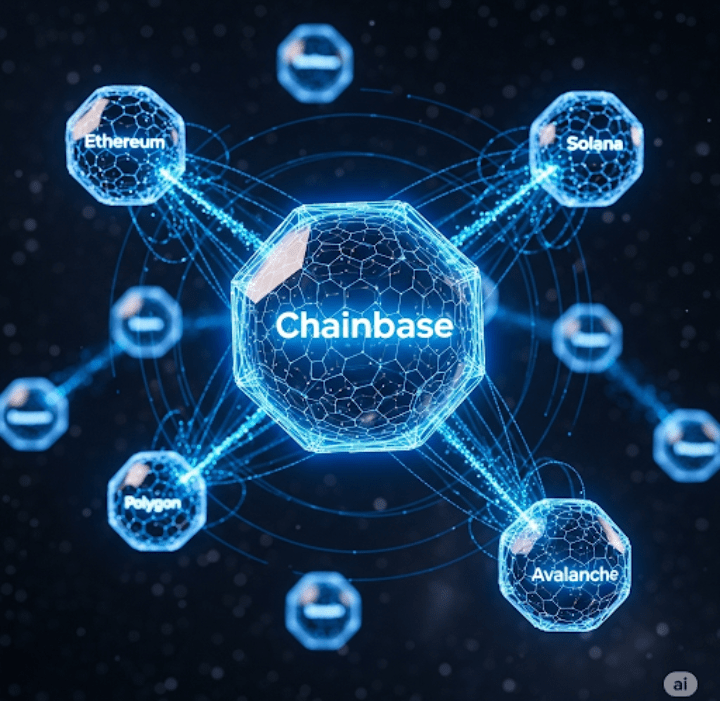Chainbase is not just another tool for blockchain analytics. Its real power lies in composability, allowing for the processing, combining, and analyzing of data from various blockchains and protocols simultaneously. This ability to 'mix' data breaks down traditional 'silos' in which protocols usually exist and opens up new, previously unattainable possibilities.
What is composability in the context of Chainbase?
At its core, Chainbase's composability is the ability of its Execution Layer to simultaneously process data streams from various sources. This means that instead of analyzing Ethereum, Solana, or any other protocol separately, Chainbase can take data from all of them at once, combine it, and create unique, universal results.
Use cases and real benefits
The best way to understand this concept is to look at specific examples.
1. A universal interest rate in DeFi
Imagine you want to find out the most profitable interest rate for lending stablecoins. Usually, you would have to manually check Aave on Ethereum, Solend on Solana, and other protocols across different blockchains. This is a labor-intensive and inefficient process.
Chainbase can automatically aggregate lending data from all these platforms, analyze it in real-time, and generate a single, universal interest rate. This gives you an instant and comprehensive view of the market, allowing for informed financial decisions.
2. Combined DEX analytics
Decentralized exchanges (DEX) exist on various blockchains, and liquidity is often fragmented. Chainbase can aggregate liquidity data, trading volumes, and prices from Uniswap (Ethereum), Raydium (Solana), and other DEXs to provide a unified dashboard for market analysis. This feature allows traders and analysts to see the overall market picture, identify arbitrage opportunities, and assess the overall state of liquidity in the DeFi ecosystem.
The future of composability
Chainbase's ability to aggregate data from various sources is just the beginning. As multi-chain ecosystems evolve, the need for such tools will only grow. Chainbase enables developers to create new generations of dApps that are not limited to a single blockchain. This paves the way for:
Cross-chain solutions that can move assets or data between different protocols.
Integrated financial services that combine various DeFi tools into one product.
Comprehensive analytical reports that provide a complete overview of the entire Web3 landscape.
Chainbase breaks down barriers between blockchains, transforming disparate 'silos' into a single, interconnected network. This feature allows us to transition from a fragmented Web3 to a holistic and integrated ecosystem.

